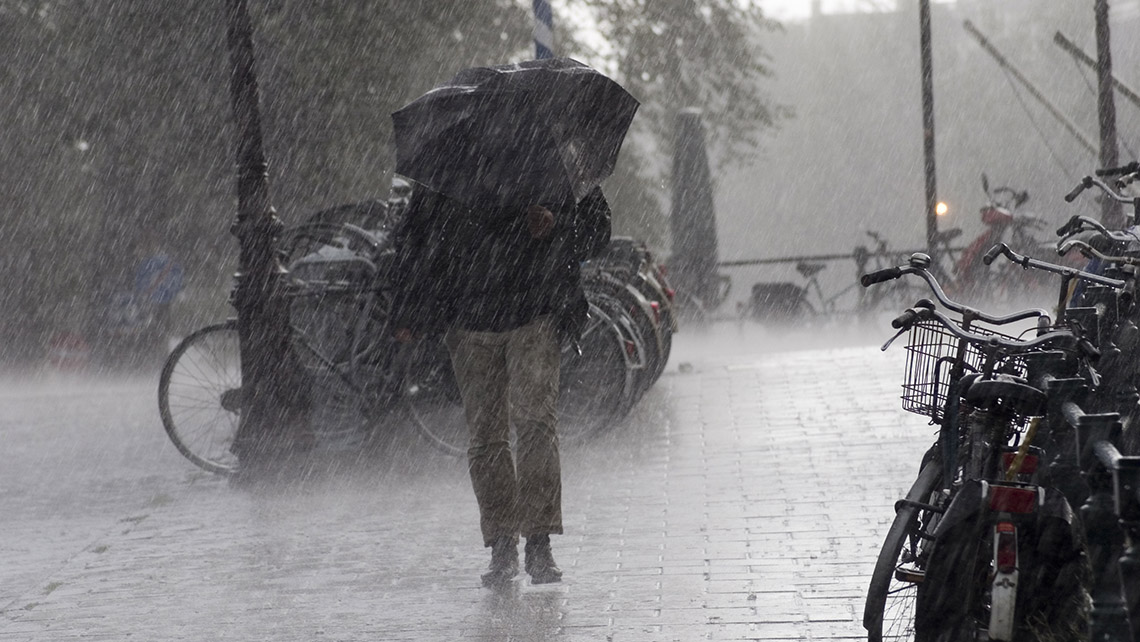Weathering the storm
Intense storms that carry powerful rainfall concentrated in just a short time can quickly overpower sewage systems and WWTPs. Many water management systems were simply not designed to handle such large volumes of water. While flooding is an obvious concern in these cases, and a nuisance or even a danger to residents, stormwater overflow can cause problems that run even deeper. For example, it’s hard to meet water quality standards with intense ─ and sometimes sudden ─ precipitation. Stormwater treatment can be difficult or impossible in such conditions. Runoff containing bacteria, nutrients, rubbish, and other pollutants can flow into local waterways or contaminate drinking water sources.
Municipal water utilities should be working hand-in-hand with city planners to understand the risks of extreme weather and prepare for stormy skies ahead. Solutions include re-engineering processes or infrastructure strategies. In addition, Chemically Enhanced Primary Treatment (CEPT) solutions may also help operators tackle acute stormwater flows efficiently and cost-effectively without investing in changes to infrastructure.
Municipal water utilities should be working hand-in-hand with city planners to understand the risks of extreme weather.
When water runs dry
But floods are not the only concern. Again, in many places around the world, droughts are happening more often, lasting longer and becoming more intense. In fact, places that have historically had reliable rainfall now struggle with heatwaves and droughts year after year. Take Europe, for example. Countries like Germany and Poland have been unusually dry in recent years, which has had a significant impact on agriculture and other industries. Moreover, countries that already had naturally drier climates, like Spain, are finding their water woes have worsened. In recent summers, desperate Spanish farmers have sourced water wherever possible, even resorting to theft at times. This points to an obvious but uncomfortable fact. The needs of agriculture and industry can compete with the public need for potable drinking water ─ a difficult situation every utility wishes to manage equitably.
One way that the water industry can responsibly tackle this issue is by implementing or increasing water reuse. Also called water reclamation or water recycling, water reuse means the use of purified water from municipal sewage treatment plants for different purposes. Agricultural irrigation is one example. This alternative water resource is already technically possible and currently used in some regions. But there is still plenty of room to scale up across Europe, and in other places around the world.
Tread gently: reducing carbon footprint
In addition to adapting to the climate crisis and trying to mitigate the fallout from natural disasters, WWTPs should be part of the climate solution by reducing their own carbon footprint. That means emitting less CO2 and embracing circular design. Technology providers like Kemira must do the same. Reducing the carbon footprint of water treatment takes cooperation along the value chain.
At Kemira, we have set a target to reduce combined Scope 1 and Scope 2 GHG emissions by 30% across the entire company by 2030 and to become carbon neutral by 2045. We also consider our carbon handprint, the mark we make through our portfolio of solutions. Our handprint is how we help water treatment plants use resources and energy more efficiently through our chemistry, as well as through digital solutions for smart water management.
Collaborating on climate action
We believe the water industry has a key role to play when it comes to the UN SDGs, especially goal 13 for climate action. That includes climate mitigation and climate adaption. Together we can make wastewater management systems more resilient in the face of today’s climate-related risks and ready ourselves for the challenges that lay ahead.


